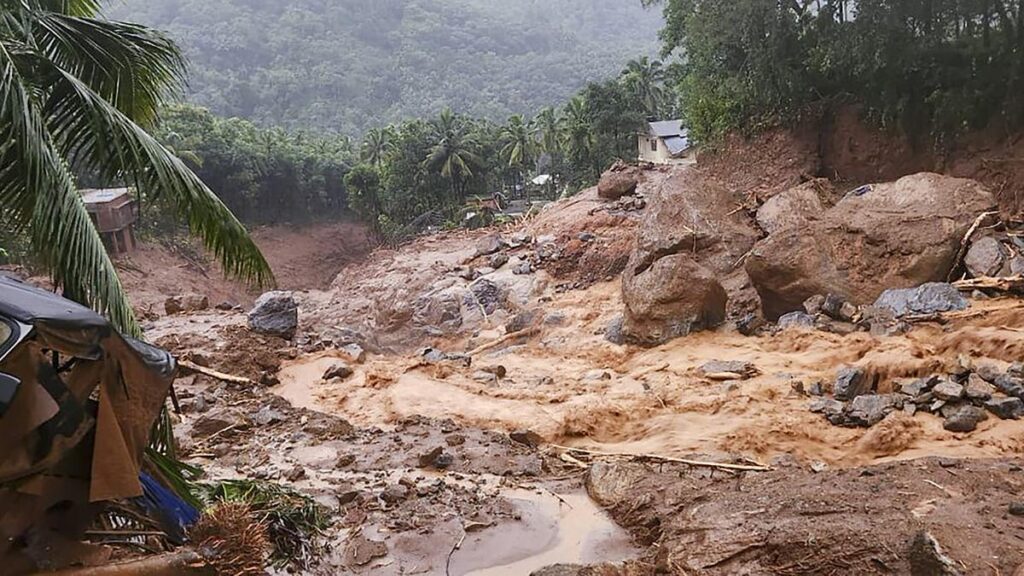
Photo: NDRF, PTI
Politics is going on at its own level regarding the Wayanad landslide, but meanwhile, a big question is also arising: could this disaster have been prevented in advance or could its impact have been reduced? Because an ecological group in Wayanad had also warned about the landslide just a day before the tragedy.
The pictures coming from Wayanad in Kerala have shocked the whole country. Nature wreaked such havoc that more than 200 people lost their lives. 295 people died due to landslides in Wayanad. About 200 people were injured, and more than 240 people are now reported missing. The Army rescued more than 1,000 people on Wednesday in search and rescue operations in landslide-affected Mundakkai and Choorlamalla. Union Home Minister Amit Shah claimed in the Rajya Sabha that the state was warned seven days before the landslide on July 30. He said that another warning was also given on July 24. However, state Chief Minister Pinarayi Vijayan rejected these claims.
Politics is going on at its own level regarding the Wayanad landslide, but meanwhile, a big question is also arising: whether this disaster could have been prevented earlier or its impact could have been reduced?
CNN-News18, in its on-the-ground report, claimed that an ecology group in Wayanad had also warned about the landslide a day before the tragedy. It had predicted the landslide based on readings received from over 180 measurement stations in Wayanad alone. The ecology group had warned the government and the local panchayat about the landslide in Mundakkai and surrounding areas. The Hume Centre for Ecology and Wildlife Biology in Wayanad divided the entire Wayanad into 25-square-meter grids. It also installed at least one rain gauge along with a temperature recording device in each grid.
There was also a warning for these areas
The organisation has predicted that more than 600 mm of rain in 48 hours could trigger the landslide in Mundakkai. Data shows that Mundakkai received more than 570 mm of rain in the 48 hours before the landslide. The group has warned that more landslides are also likely in Lakkidi, Kappikalam, Sugandhagiri, Thondar Thon Nad, Kurumbalakotta, and Manikkanumala areas.
This was now also alerted to the Panchayat
Vishnu Das, director of the Hume Centre for Ecology and Wildlife Biology, said, “The Center sent us a warning, and even the panchayat was alerted. After a detailed study in 2019, we told the government that Mundakkai would not survive for very long.” Amit Shah also said that the Kerala government did not pay heed to the early warnings and was not even alert when the NDRF battalion reached the state. The Home Minister claimed that if the Kerala government had been alert and acted as soon as the NDRF team reached there, the damage could have been minimized.
Views of Kerala CM
The Kerala chief minister refuted Shah’s claims, saying the Indian Meteorological Department (IMD) had only issued an ‘orange alert’ for the district before the landslide. However, the district received over 500 mm of rain, much more than the IMD forecast. “A red alert was issued for the district only after the landslide on Tuesday morning,” Vijayan said at a press conference. The chief minister also said this was not the time for ‘blame games.




